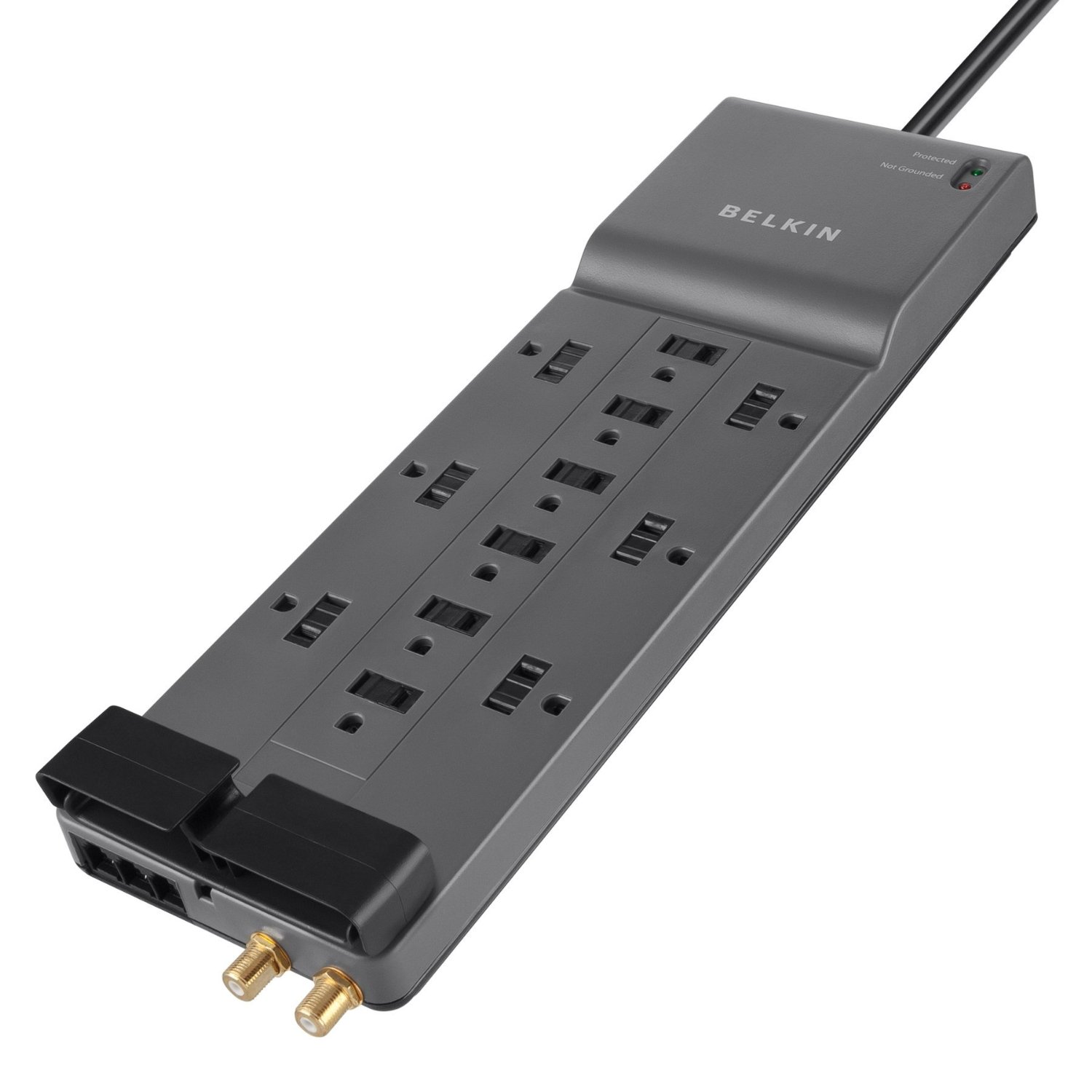

Articles
What Is A Surge Protector Power Strip
Modified: March 23, 2024
Learn about surge protector power strips and how they can protect your electronic devices from power surges. Read our articles on the benefits and features of surge protectors.
(Many of the links in this article redirect to a specific reviewed product. Your purchase of these products through affiliate links helps to generate commission for Storables.com, at no extra cost. Learn more)
Introduction
Welcome to the world of advanced technology and electronic devices! As our reliance on gadgets and appliances increases, so does the need for protecting them from power surges. Enter the surge protector power strip – a small yet powerful device that can safeguard our valuable electronics from unexpected power fluctuations.
In this article, we will explore the concept of a surge protector power strip and delve into its significance in our everyday lives. We will understand how it works, its common features, and the benefits it offers. Additionally, we will provide some useful tips for choosing the right surge protector power strip and how to properly set it up for maximum efficacy.
So, if you’ve ever wondered whether surge protector power strips are worth the investment or simply want to expand your knowledge on this subject, read on to discover the answers you seek.
Key Takeaways:
- Surge protector power strips are essential for safeguarding electronic devices from power surges, offering benefits such as device protection, cost savings, and peace of mind. They provide a critical shield against voltage irregularities, ensuring the longevity of electronics.
- When choosing a surge protector power strip, consider factors like joule rating, number of outlets, and specific protection features. Proper installation and usage, along with regular maintenance, maximize the effectiveness of surge protector power strips in protecting electronic devices.
Definition of a Surge Protector Power Strip
A surge protector power strip, also known as a power surge suppressor, is a device designed to protect electronic equipment from sudden spikes in electrical voltage. It serves as a line of defense against power surges, which can occur due to lightning strikes, utility grid fluctuations, or electrical glitches.
At its core, a surge protector power strip is an advanced extension cord that provides multiple outlets for connecting multiple devices simultaneously. However, what sets it apart is its ability to detect and divert excess voltage away from the connected devices, preventing damage to them.
The surge protector power strip works by employing a built-in surge protection circuitry, which typically includes metal oxide varistors (MOVs) or gas discharge tubes. These components act as voltage clamps, absorbing and dissipating excess electrical energy to protect the connected devices.
It’s important to note that a surge protector power strip differs from a regular power strip or an extension cord. While a standard power strip merely extends the number of available outlets, it does not offer any protection against power surges. On the other hand, a surge protector power strip is specifically designed to safeguard your electronic devices from voltage irregularities.
Surge protector power strips come in various shapes and sizes, ranging from basic models with a few outlets to more advanced ones with additional features like USB ports, Ethernet protection, or phone line protection. The choice of a surge protector power strip depends on the number of devices you need to plug in and the level of protection you require.
Now that we have a clear understanding of what a surge protector power strip is, it’s time to explore how it actually works to shield our valuable electronic equipment from potentially damaging power surges.
How Surge Protector Power Strips Work
Surge protector power strips are designed with a specific purpose in mind – to safeguard our electronic devices from sudden voltage surges, also known as power surges. These surges can occur due to various factors such as lightning strikes, power outages, or electrical fluctuations within the power grid.
Inside a surge protector power strip, you will find a surge protection mechanism, typically in the form of metal oxide varistors (MOVs) or gas discharge tubes. These components are connected between the power line and the ground wire and act as voltage clamps.
When a power surge occurs, the voltage level in the electrical circuit spikes beyond the normal range. This abrupt increase in voltage traverses through the power lines, reaching the surge protector power strip. The surge protection mechanism, consisting of the MOVs or gas discharge tubes, detects this excess voltage and instantaneously diverts it to the ground wire.
The MOVs or gas discharge tubes absorb the excess electrical energy by converting it into heat, effectively suppressing the voltage surge. By redirecting the abnormal voltage level to the ground, the surge protector power strip prevents it from reaching and damaging the connected electronic devices.
Additionally, surge protector power strips often include other protective features like thermal fuses or circuit breakers. These features provide an additional layer of defense by automatically cutting off power supply in case of excessive electrical current or prolonged power surges. This helps further protect your devices and prevent potential fire hazards.
It is worth noting that surge protector power strips have a limited capacity to absorb and suppress voltage surges. The joule rating, which indicates the energy absorption capacity of the surge protector, determines how effectively it can handle power surges. Therefore, it is essential to choose a surge protector power strip with a higher joule rating for better protection, especially if you have valuable and sensitive electronic equipment.
Overall, surge protector power strips work by effectively detecting and diverting excess voltage away from your devices, preventing potential damage caused by power surges. They act as a critical shield between your electronic equipment and unpredictable electrical fluctuations, providing peace of mind and prolonging the lifespan of your devices.
Now that we understand the inner workings of a surge protector power strip, let’s explore the importance of having one in our everyday lives.
Importance of Surge Protector Power Strips
Surge protector power strips play a crucial role in protecting our valuable electronic equipment from the damaging effects of power surges. Here are some key reasons highlighting their importance:
- Device Protection: One of the primary reasons to invest in a surge protector power strip is to safeguard your electronic devices from voltage irregularities. Power surges can cause irreparable damage to your devices, including TVs, computers, gaming consoles, and home appliances. By using a surge protector power strip, you create a barrier that absorbs and redirects excess voltage, preventing it from reaching your devices and potentially frying their sensitive circuitry.
- Financial Savings: Replacing damaged electronics can be a costly endeavor. Surge protector power strips act as an insurance policy for your devices, protecting them from power surges and potentially saving you from having to replace expensive electronics due to voltage-related damage. While the initial investment in a surge protector power strip may seem minimal, the long-term financial savings can be significant.
- Peace of Mind: Power surges can occur at any time, often without warning. By using surge protector power strips, you can have peace of mind knowing that your devices are protected. Whether it’s during a thunderstorm or when the power grid experiences fluctuations, you can rest easy knowing that your electronics are shielded from potential damage.
- Extended Device Lifespan: Electronics that are not adequately protected from power surges are more likely to experience premature failure. Voltage irregularities can degrade the internal components and reduce the lifespan of your devices. By using surge protector power strips, you ensure that your electronics are shielded from these harmful surges, which can lead to longer-lasting devices and fewer replacements.
- Convenience and Flexibility: Surge protector power strips not only provide protection but also offer the convenience of multiple outlets. Instead of relying on individual power adapters or limited wall outlets, surge protector power strips allow you to plug in multiple devices simultaneously. Moreover, many power strips come with additional features such as USB ports or specialized outlets, providing flexibility and convenience for charging various devices.
Overall, surge protector power strips are essential in today’s digital age where we heavily rely on electronic devices. They provide an important layer of protection, ensuring the longevity and functionality of our devices while offering a peace of mind that our electronics are safe from unexpected power surges. The next section will delve into the common features of surge protector power strips, providing a deeper understanding of the options available in the market.
Common Features of Surge Protector Power Strips
Surge protector power strips come in various designs and offer different features to cater to the diverse needs of consumers. While the specific features may vary depending on the brand and model, there are some common features that you can find in many surge protector power strips. Let’s explore these features:
- Multiple Outlets: The primary function of a surge protector power strip is to provide multiple outlets for connecting multiple devices. Most power strips offer anywhere from four to twelve outlets, allowing you to plug in a variety of electronics simultaneously.
- Surge Protection Indicator: Many surge protector power strips are equipped with a surge protection indicator light. This light serves as a visual cue, indicating that the surge protection is active. If the light goes off or changes color, it may indicate that the surge protection mechanism has been compromised and that the power strip needs to be replaced.
- Grounded Outlets: Surge protector power strips typically have grounded outlets, meaning they have a third prong for grounding. This provides an extra layer of safety and protection by grounding the excess voltage away from your devices.
- Joule Rating: The joule rating of a surge protector power strip indicates its energy absorption capacity. Higher joule ratings suggest that the power strip can handle larger power surges more effectively. It is generally recommended to choose a power strip with a higher joule rating for better protection, especially if you have sensitive or expensive electronics.
- USB Ports: Many modern surge protector power strips come with built-in USB ports, allowing you to directly charge your devices without the need for separate wall adapters. This is especially convenient for charging smartphones, tablets, and other USB-powered devices.
- Phone Line Protection: Some surge protector power strips also offer phone line protection, which safeguards your telephone or fax machine from electrical surges that can travel through phone lines.
- Coaxial Cable Protection: If you have cable or satellite TV equipment, you may find surge protector power strips with coaxial cable protection. This feature prevents power surges from damaging your TV or satellite receiver through the coaxial cable connection.
- Ethernet Protection: For those who rely heavily on internet connectivity, surge protector power strips with built-in Ethernet protection are available. This feature safeguards your network equipment, such as routers or modems, from potential damage caused by power surges.
- Resettable Circuit Breaker: Some surge protector power strips are equipped with a resettable circuit breaker that trips and cuts off power in the event of a power surge or overload. This offers an additional layer of protection and allows you to easily reset the power strip after resolving the issue.
These are just a few common features you can find in surge protector power strips. When choosing a power strip, consider your specific needs and the devices you plan to connect. It’s important to select a surge protector power strip that offers the necessary features and protection to suit your requirements. Now that we understand the common features, let’s dive into the benefits of using surge protector power strips.
When purchasing a surge protector power strip, look for one with a high joule rating to ensure it can handle power surges effectively and protect your devices.
Read more: What Size Screws To Mount Power Strip
Benefits of Using Surge Protector Power Strips
Surge protector power strips offer several benefits that make them an essential investment for protecting your electronic devices. Let’s explore some of the key benefits:
- Device Protection: The primary benefit of using surge protector power strips is the protection they provide to your electronic devices. Power surges can occur at any time, and without protection, they can damage or destroy your valuable devices. Surge protector power strips act as a shield, diverting excess voltage away from your devices and preventing potential damage caused by power surges.
- Cost Savings: By investing in surge protector power strips, you can potentially save money in the long run. Without proper surge protection, a power surge can cause irreparable damage to your electronics, leading to costly repairs or replacements. Surge protector power strips act as a barrier, absorbing and redirecting excess voltage, ultimately saving you from expensive repairs or having to purchase new devices.
- Peace of Mind: Power surges can occur unexpectedly, and the damage they cause can be devastating. By using surge protector power strips, you can have peace of mind knowing that your devices are protected even during power spikes or electrical disturbances. This peace of mind allows you to use your electronic devices without worrying about potential damage.
- Convenience and Flexibility: Surge protector power strips offer the convenience of multiple outlets, allowing you to connect multiple devices simultaneously. Whether it’s your computer, TV, gaming console, or other electronics, surge protector power strips provide the flexibility to power them all from a single device. This eliminates the need for individual power adapters and reduces clutter around your workspace or entertainment center.
- Longevity of Devices: Power surges can significantly shorten the lifespan of electronic devices, leading to frequent replacements. By using surge protector power strips, you protect your devices from voltage irregularities and ensure their longevity. This prolongs the lifespan of your electronics, saving you money in the long term and reducing electronic waste.
- Safety and Protection: Surge protector power strips not only protect your devices but also provide an added layer of safety. They often include features like grounded outlets, surge protection indicators, and circuit breakers that help safeguard against electrical hazards. This provides peace of mind and ensures the safety of both your devices and your living or working environment.
Overall, surge protector power strips offer numerous benefits that make them a worthwhile investment. They protect your devices from power surges, save you money on potential repairs or replacements, and provide the convenience and flexibility of multiple outlets. Additionally, surge protector power strips contribute to the safety and longevity of your devices, ultimately enhancing your overall electronic experience.
Now that we understand the benefits of using surge protector power strips, let’s explore some key factors to consider when choosing the right one for your needs.
Factors to Consider When Choosing Surge Protector Power Strips
As surge protector power strips come in various types and models, it’s important to consider certain factors before making a purchase. These factors will help you choose the right surge protector power strip that suits your specific needs. Here are the key factors to consider:
- Joule Rating: The joule rating indicates the amount of energy a surge protector power strip can absorb during a power surge. Higher joule ratings provide better protection as they can handle larger power surges. It is advisable to choose a surge protector power strip with a joule rating appropriate for your devices, especially if you have sensitive or expensive electronics.
- Number of Outlets: Consider the number of outlets you require based on the devices you plan to connect. Ensure that the surge protector power strip has enough outlets to accommodate all of your devices. It’s also a good idea to choose a power strip with some additional outlets to accommodate any future device additions.
- Type of Protection: Determine the specific types of protection you need based on the devices you want to connect. If you have devices with phone line or coaxial cable connections, look for surge protector power strips that offer protection for these connections as well. Additionally, if you rely heavily on internet connectivity, consider a power strip with built-in Ethernet protection.
- USB Ports: If you have multiple devices that charge via USB, consider a surge protector power strip with built-in USB ports. This will allow you to directly plug in and charge your devices without the need for separate wall adapters.
- Length and Design: Consider the length of the power cord and the design of the surge protector power strip. Choose a length that allows you to position the power strip conveniently and reach your devices. Additionally, look for a design that complements your workspace or home decor.
- Safety features: Safety should be a top priority when selecting a surge protector power strip. Look for features like grounded outlets, surge protection indicators, and resettable circuit breakers. These features provide added safety and protection against electrical hazards.
- Brand and Reputation: Consider the brand reputation when choosing a surge protector power strip. Opt for reputable brands known for manufacturing reliable and durable products. Reading customer reviews and feedback can also help guide your decision.
- Warranty: Check the warranty offered by the manufacturer. A longer warranty period indicates the manufacturer’s confidence in the product’s quality and durability. Ensure that the warranty covers both surge protection and the overall functionality of the power strip.
By considering these factors, you can make an informed decision and choose a surge protector power strip that meets your specific needs and requirements. Now that you’ve chosen the right power strip, let’s move on to the next section to learn about installation and usage tips for surge protector power strips.
Installation and Usage Tips for Surge Protector Power Strips
Proper installation and usage of surge protector power strips are essential to ensure optimal protection for your electronic devices. Here are some important tips to keep in mind:
- Choose a Central Location: Place the surge protector power strip in a central location that is easily accessible. This will allow you to connect your devices conveniently without stretching your cables or creating tripping hazards.
- Avoid Overloading: Be mindful of the power rating and capacity of the surge protector power strip. Avoid connecting too many high-powered devices that can exceed the power strip’s capacity. Overloading the power strip can lessen its ability to provide adequate surge protection and may result in overheating or damage.
- Use Quality Cables: Use high-quality extension cables or power cords to connect devices to the surge protector power strip. Ensure that the cables are in good condition and properly rated for the devices they are connecting to avoid electrical issues.
- Keep it Cool: Allow proper ventilation for the surge protector power strip. Avoid covering it or placing it in enclosed spaces that can generate excessive heat. Heat buildup can affect its functionality and reduce its longevity.
- Regularly Inspect and Maintain: Periodically inspect the surge protector power strip for any signs of damage or wear. Check the surge protection indicator light and ensure it is functioning properly. If you notice any issues or abnormalities, replace the power strip immediately.
- Unplug During Electrical Storms: During severe lightning storms or instances of potential power surges, unplug the surge protector power strip and disconnect your electronic devices. This provides an extra layer of protection, ensuring that your devices are not affected by any power disturbances.
- Replace When Necessary: Surge protector power strips have a limited lifespan and can wear out over time. If your power strip has been in use for several years or has experienced a significant power surge, it’s advisable to replace it with a new one to maintain optimal surge protection.
- Educate Household Members: Ensure that everyone in your home or office understands the importance of surge protector power strips and how to properly use them. Educate them about the potential dangers of power surges and the need to connect their devices to the surge protector power strip for added protection.
By following these installation and usage tips, you can maximize the effectiveness of your surge protector power strip and ensure the safety and longevity of your electronic devices. Now that you are equipped with the necessary knowledge, you can confidently use and maintain your surge protector power strip.
Now, let’s address some frequently asked questions about surge protector power strips to further enhance your understanding of these valuable devices.
Frequently Asked Questions about Surge Protector Power Strips
Here are some commonly asked questions about surge protector power strips, along with their answers:
- 1. Do surge protector power strips protect against lightning strikes?
- 2. Can I daisy-chain surge protector power strips?
- 3. Can I use surge protector power strips in conjunction with a UPS?
- 4. Will a surge protector power strip protect my devices from voltage sags or brownouts?
- 5. How often should I replace my surge protector power strip?
- 6. Can I use a surge protector power strip outside?
- 7. Can I plug a surge protector into an extension cord?
No, surge protector power strips cannot fully protect against direct lightning strikes. However, they do offer some level of protection by diverting excess voltage from power surges caused by lightning strikes farther away from your devices. It is still recommended to unplug your surge protector power strip during severe lightning storms.
No, it is not recommended to daisy-chain surge protector power strips. Doing so can lead to overloading the electrical circuit and increase the risk of electrical hazards. It is best to connect your devices directly to a single surge protector power strip without using additional power strips.
Yes, surge protector power strips and uninterruptible power supplies (UPS) serve different purposes and can be used together. Surge protector power strips protect against power surges, while UPS devices provide backup power in case of a power outage. Connecting your electronic devices to a surge protector power strip that is then plugged into a UPS can offer both surge protection and power backup.
No, surge protector power strips are primarily designed to protect against power surges and not voltage sags or brownouts. For protection against voltage sags or brownouts, you may need a voltage stabilizer or an uninterruptible power supply (UPS) that can regulate and provide stable power to your devices.
Surge protector power strips have a limited lifespan, and their effectiveness can diminish over time, especially after experiencing multiple surges. It is generally recommended to replace your surge protector power strip every 2-3 years or as recommended by the manufacturer.
No, surge protector power strips are designed for indoor use only. Using them outdoors or exposing them to moisture can be dangerous and may damage the power strip or cause electrical hazards.
No, it is not recommended to plug a surge protector power strip into an extension cord. Extension cords may not have the necessary capacity to handle the electrical load, which can lead to overheating and increase the risk of electrical fires. It is best to plug the surge protector power strip directly into a wall outlet.
These are just a few frequently asked questions about surge protector power strips. If you have any specific concerns or queries, it is best to refer to the product manual or consult the manufacturer for accurate information regarding your surge protector power strip.
Now that we have answered your questions, it’s time to wrap up this article.
Read more: What Does A Power Strip Do
Conclusion
Surge protector power strips are an essential component in protecting our valuable electronic devices from the damaging effects of power surges. They offer multiple benefits, including device protection, cost savings, peace of mind, convenience, and safety. By diverting excess voltage away from our devices, surge protector power strips ensure their longevity and reduce the risk of electrical hazards.
When choosing a surge protector power strip, factors such as joule rating, number of outlets, specific protection features, and brand reputation should be considered. It is important to install and use the power strip correctly, avoiding overloading, using quality cables, and regularly inspecting for any signs of wear or damage.
Frequently asked questions about surge protector power strips have also been addressed, providing clarity on common queries related to lightning protection, daisy-chaining, usage with UPS devices, and the lifespan of surge protector power strips.
Ultimately, investing in a surge protector power strip is an investment in the safety and longevity of your electronic devices. It offers peace of mind, protection against unforeseen power surges, and potential financial savings from costly device repairs or replacements.
So, whether you’re setting up a home office, entertainment center, or simply protecting your everyday devices, make sure to invest in a reliable surge protector power strip. It is a small but powerful device that can make a significant difference in safeguarding your electronics and providing you with the peace of mind you deserve.
Now that you have a comprehensive understanding of surge protector power strips, it’s time to take action and ensure that your devices are adequately protected. Choose the right surge protector power strip, install it correctly, and enjoy the benefits of a secure and efficient electronic setup.
Frequently Asked Questions about What Is A Surge Protector Power Strip
Was this page helpful?
At Storables.com, we guarantee accurate and reliable information. Our content, validated by Expert Board Contributors, is crafted following stringent Editorial Policies. We're committed to providing you with well-researched, expert-backed insights for all your informational needs.
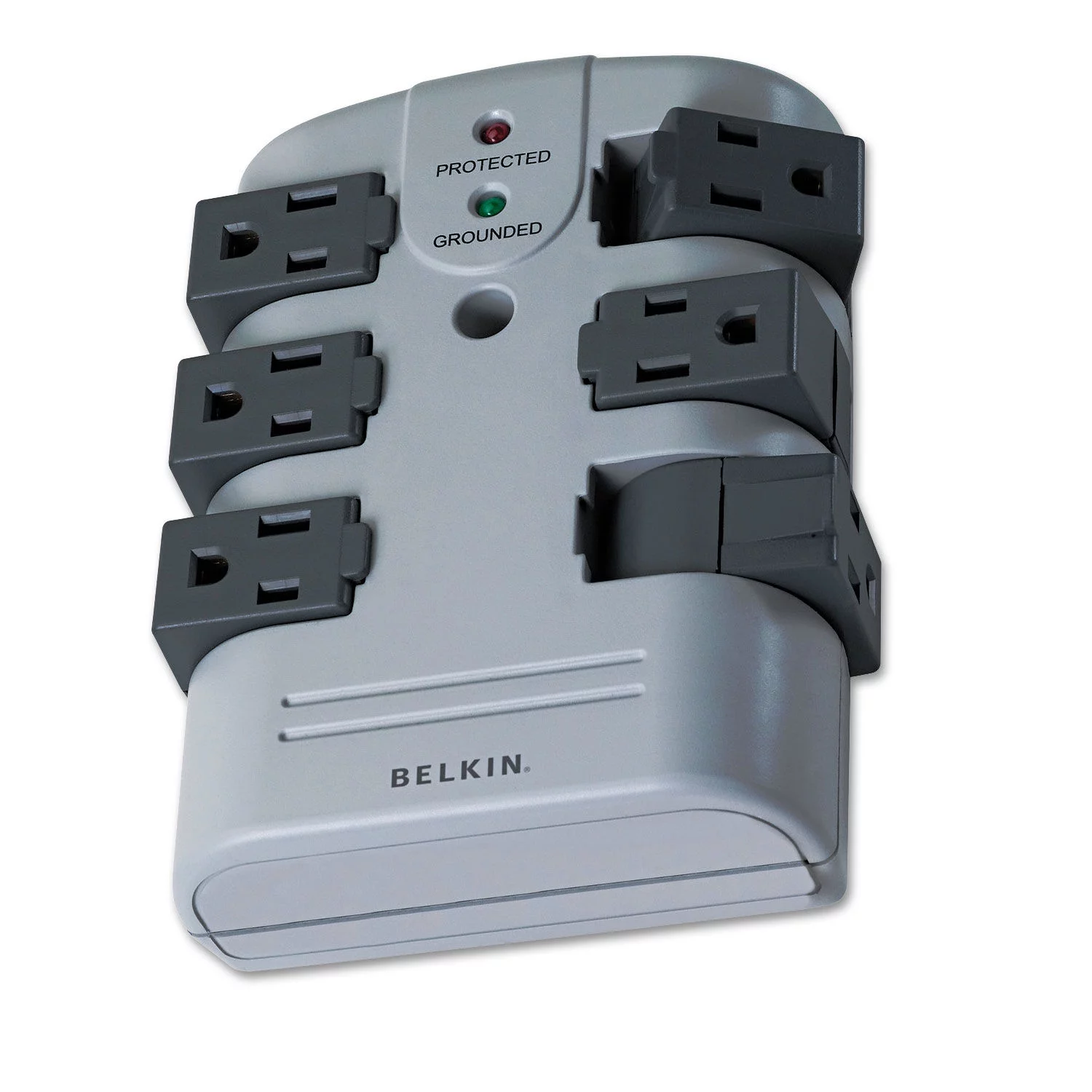
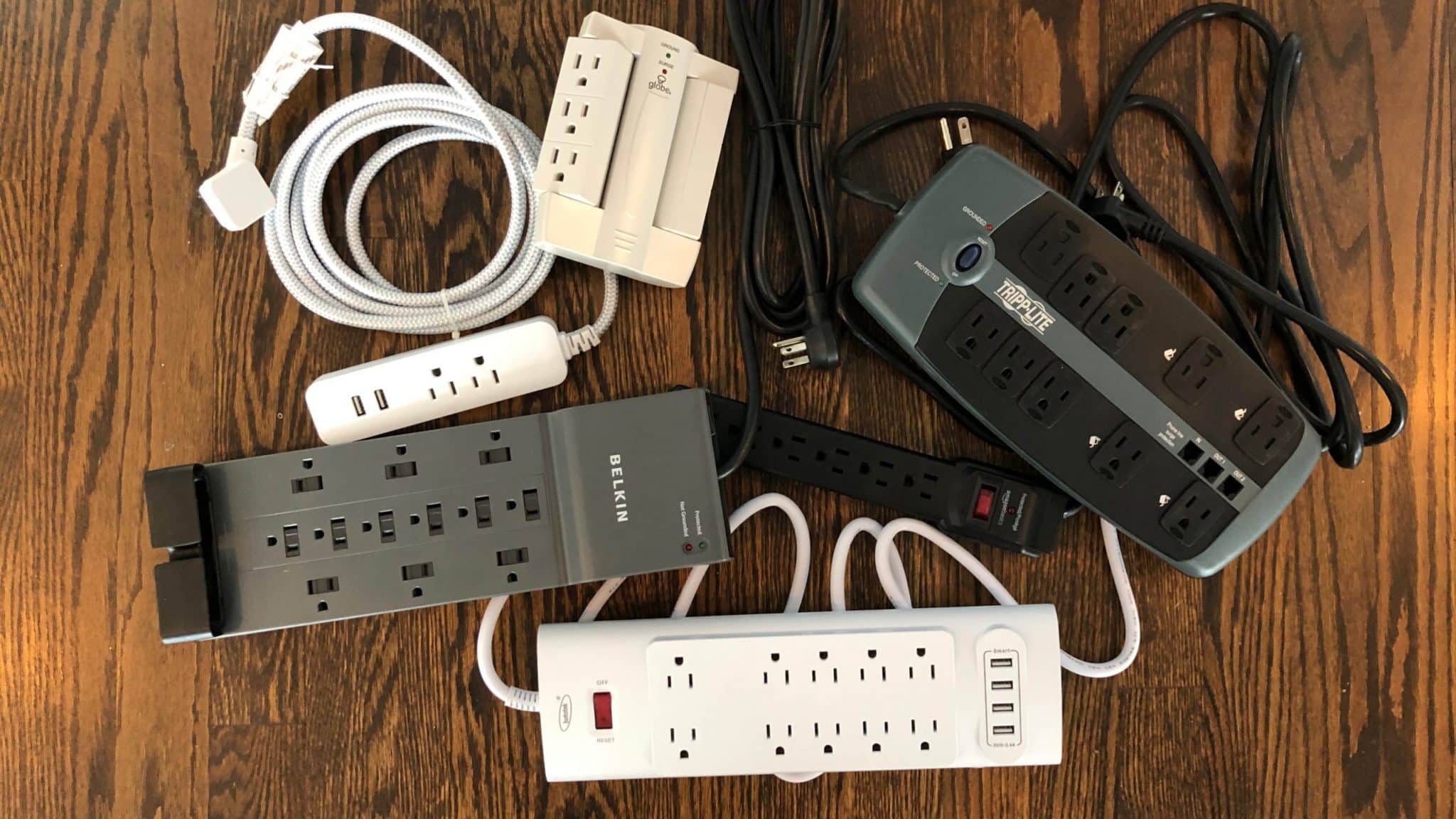
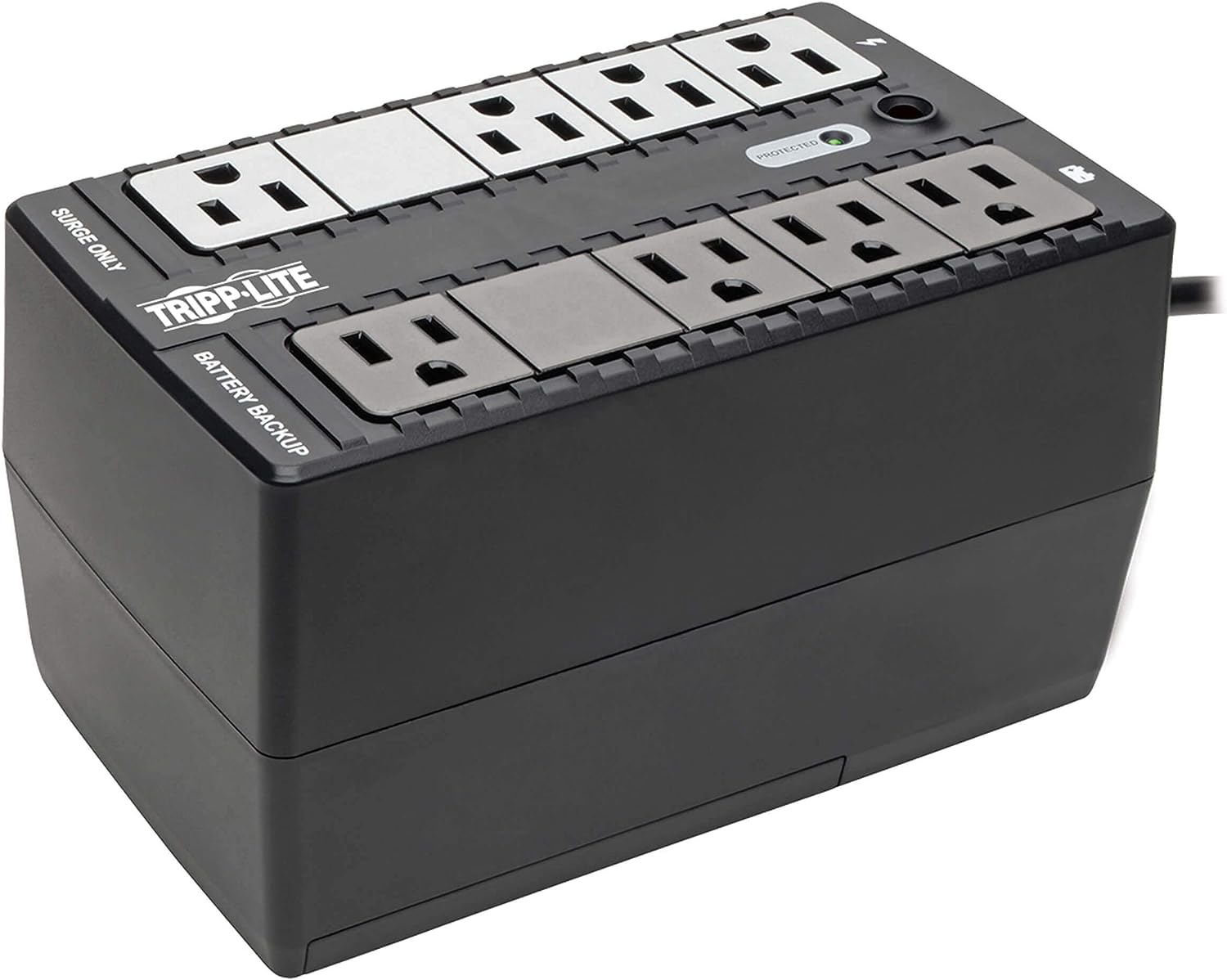
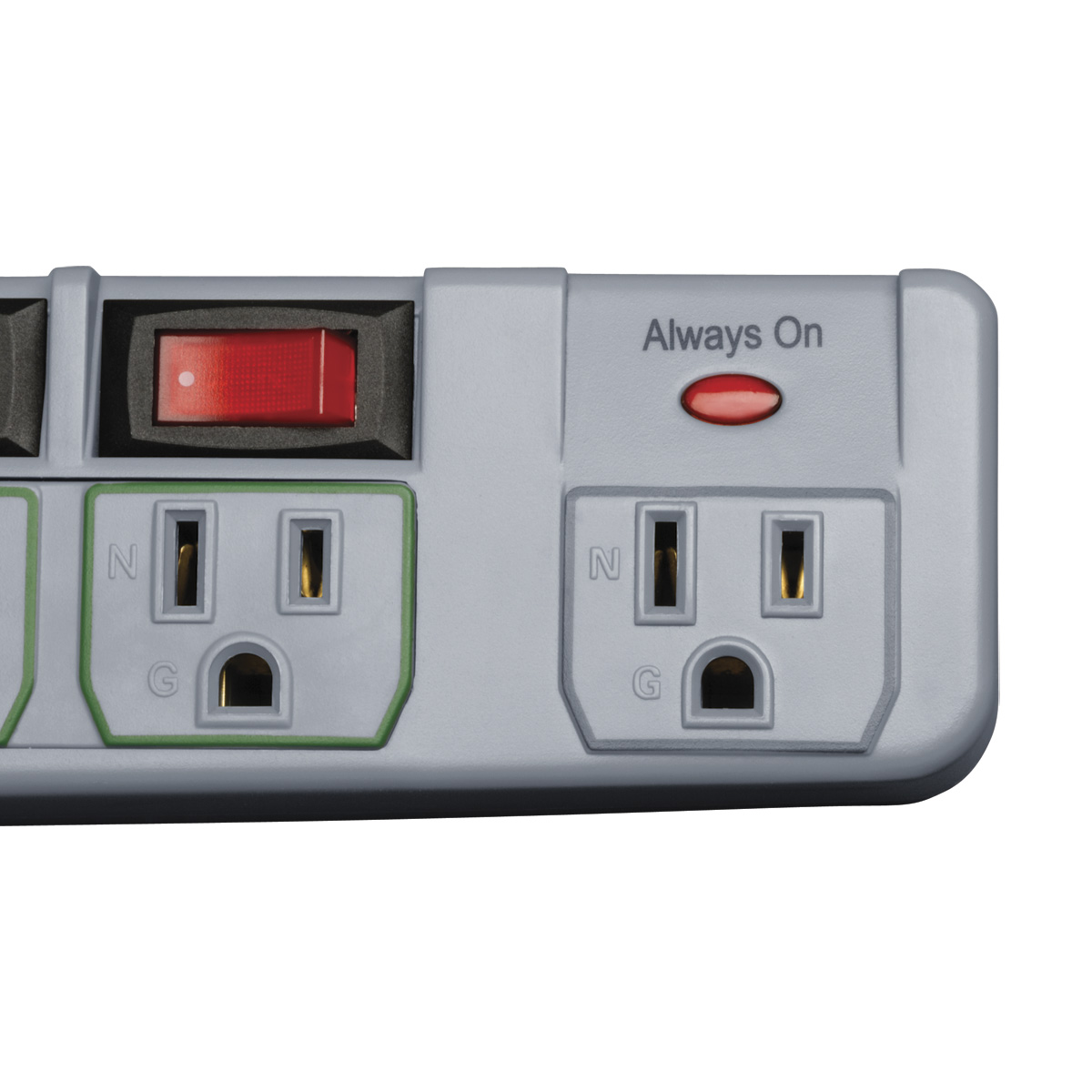
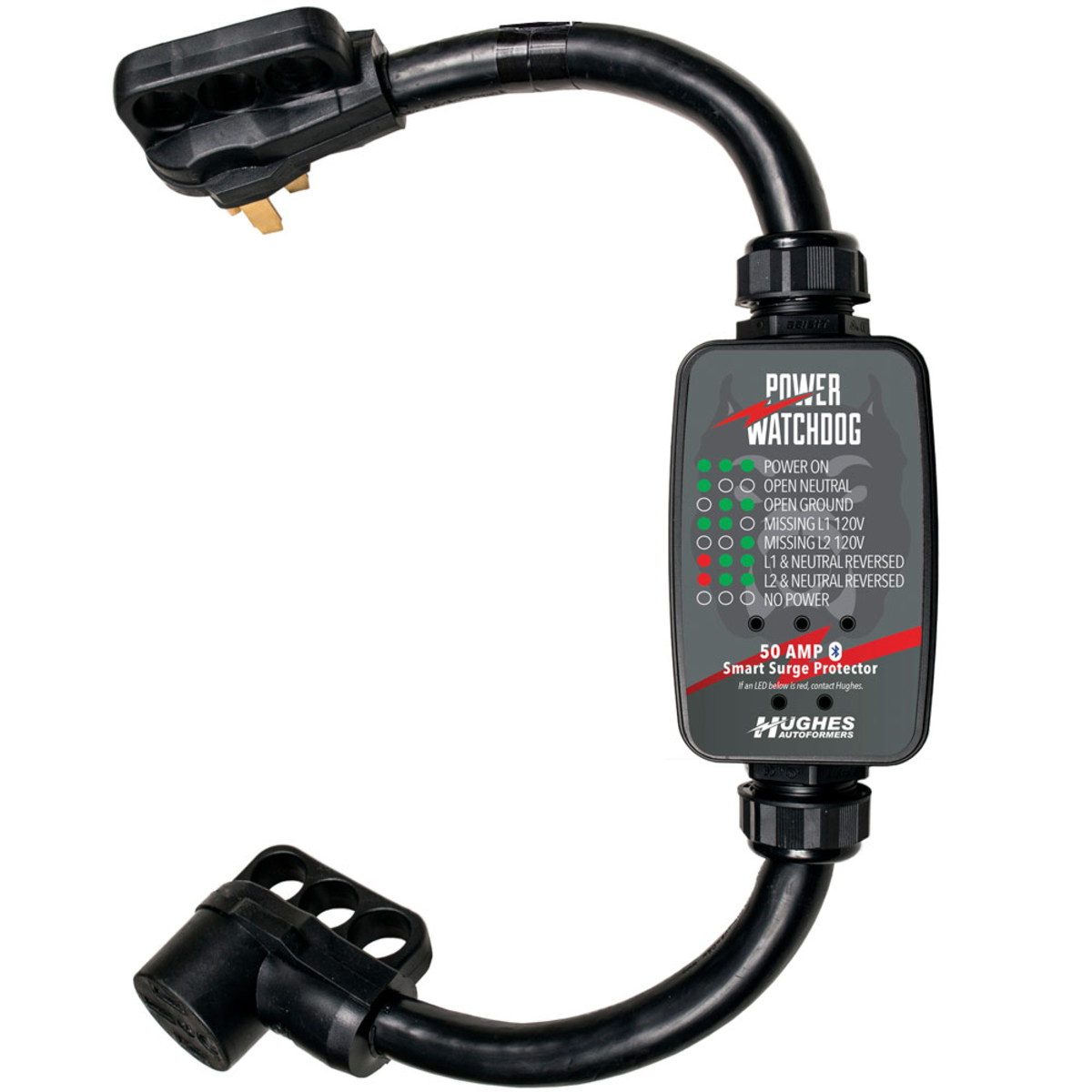
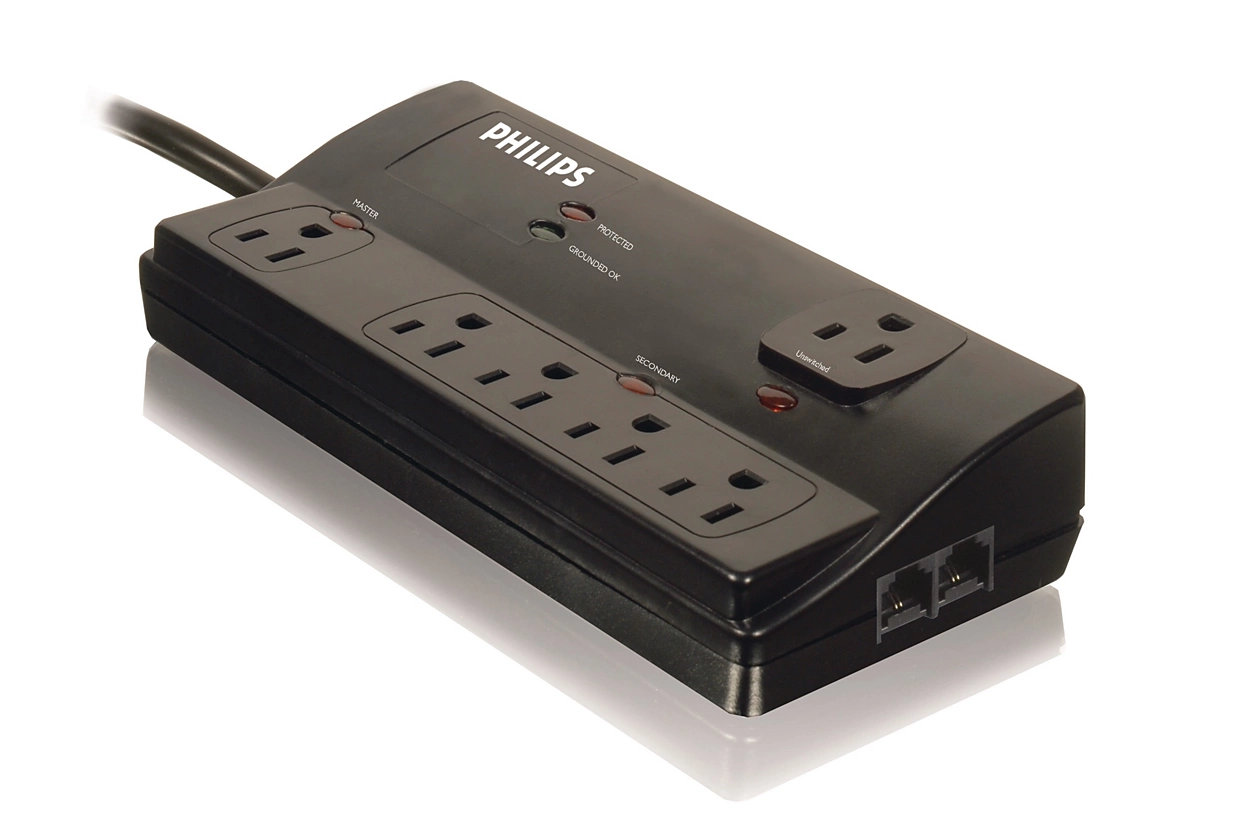
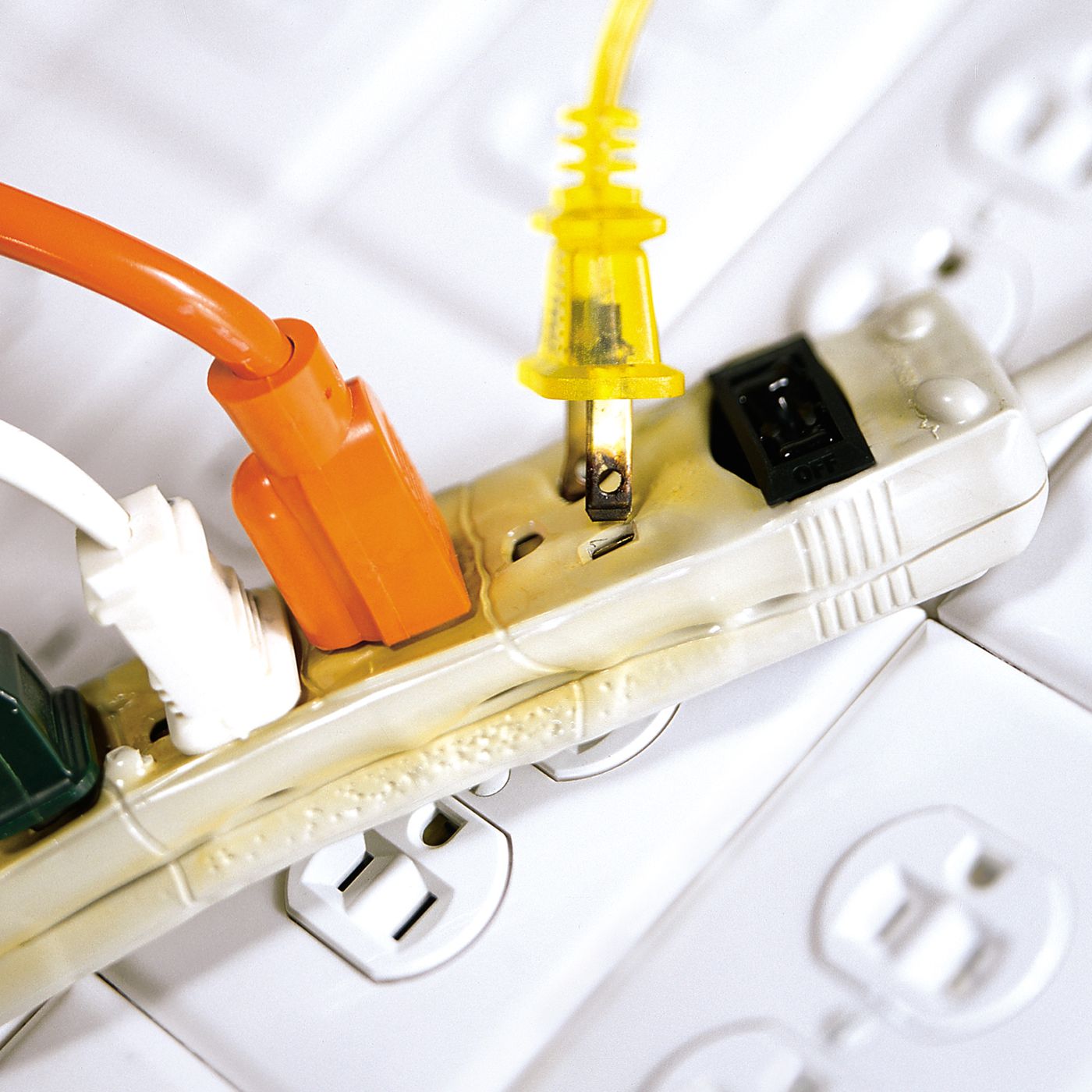
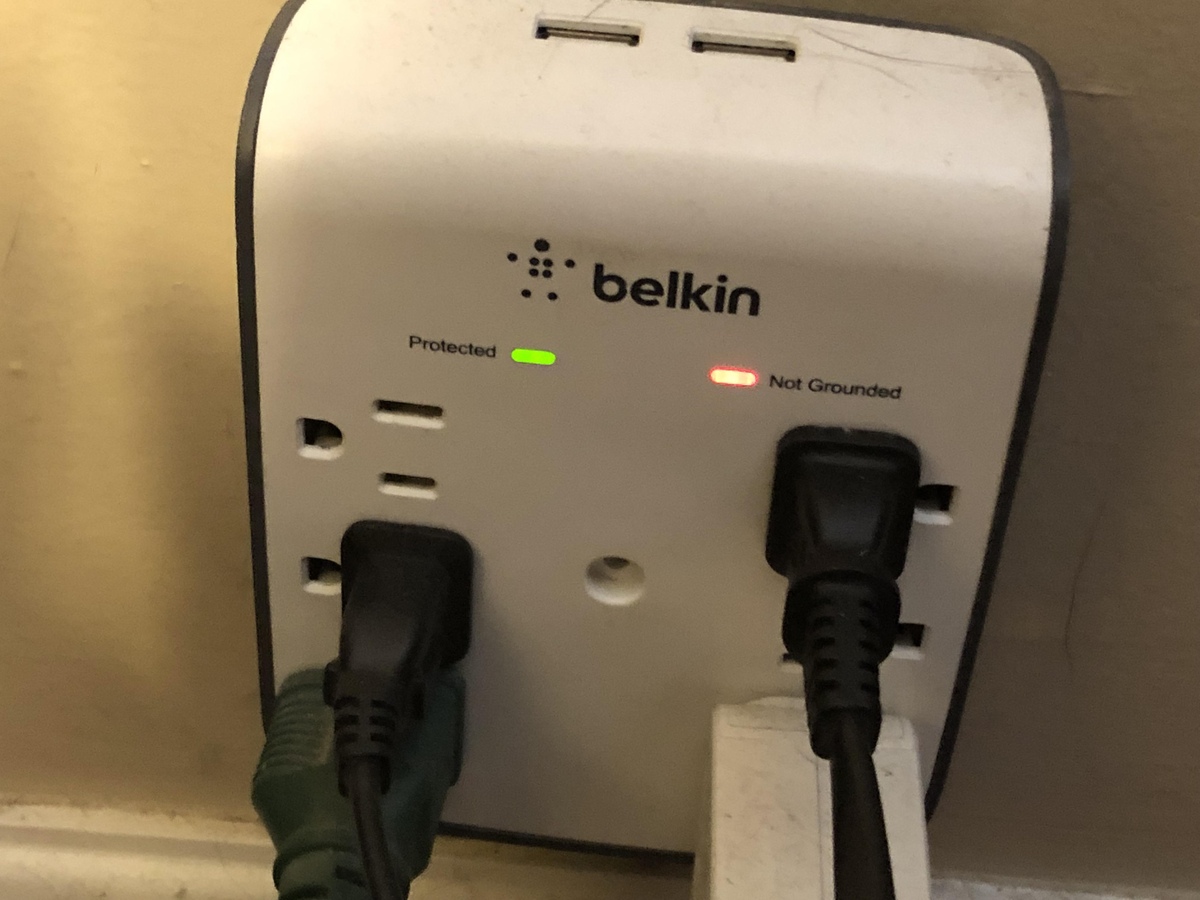
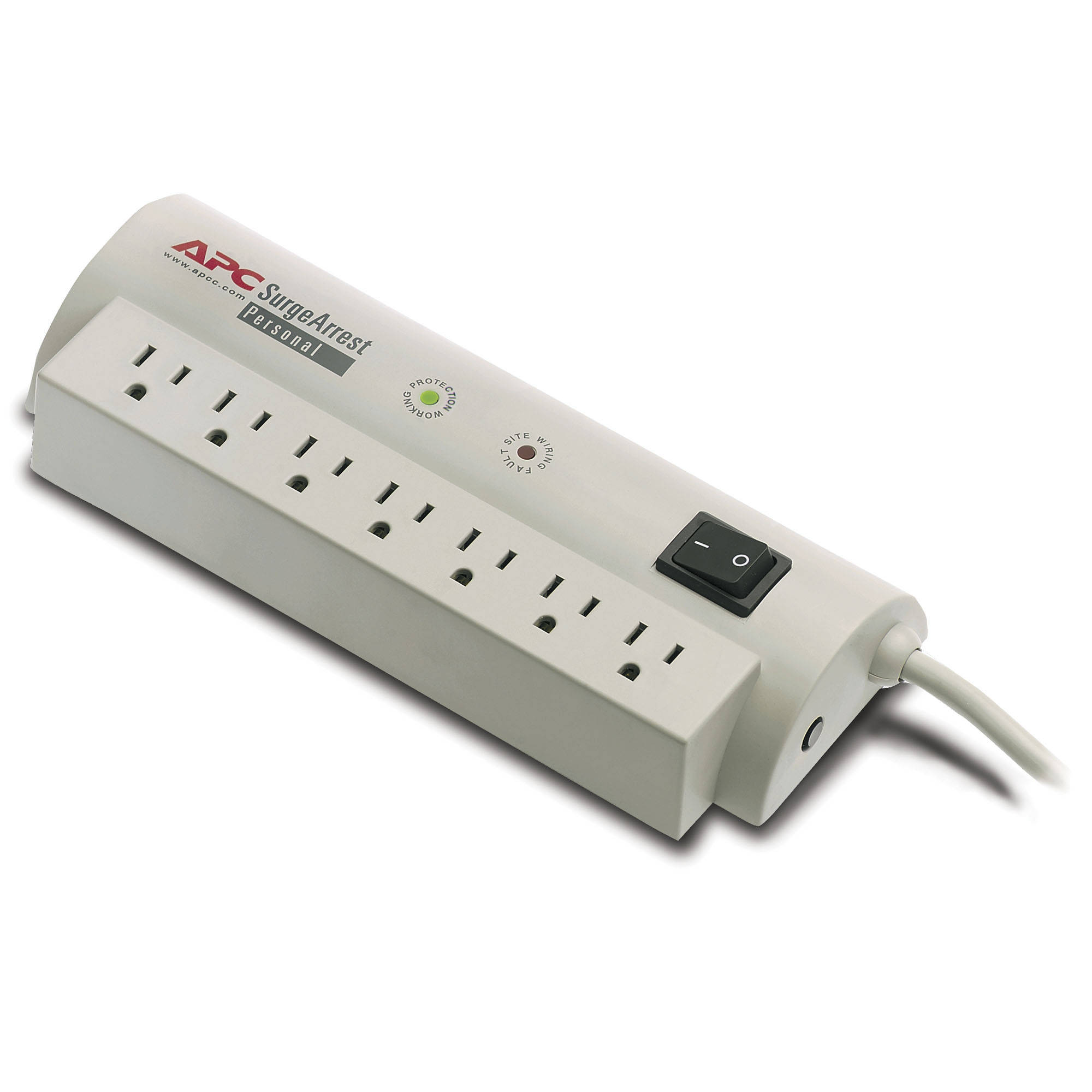
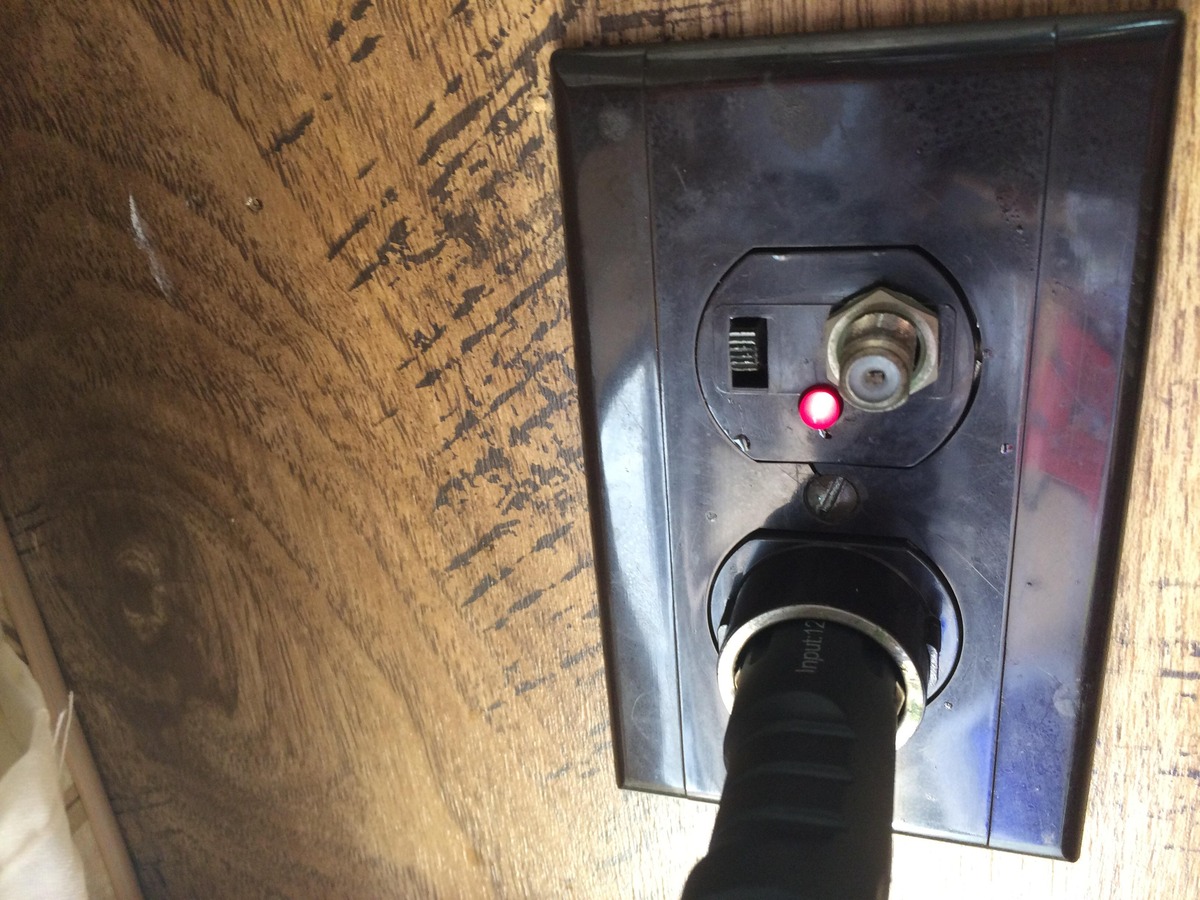
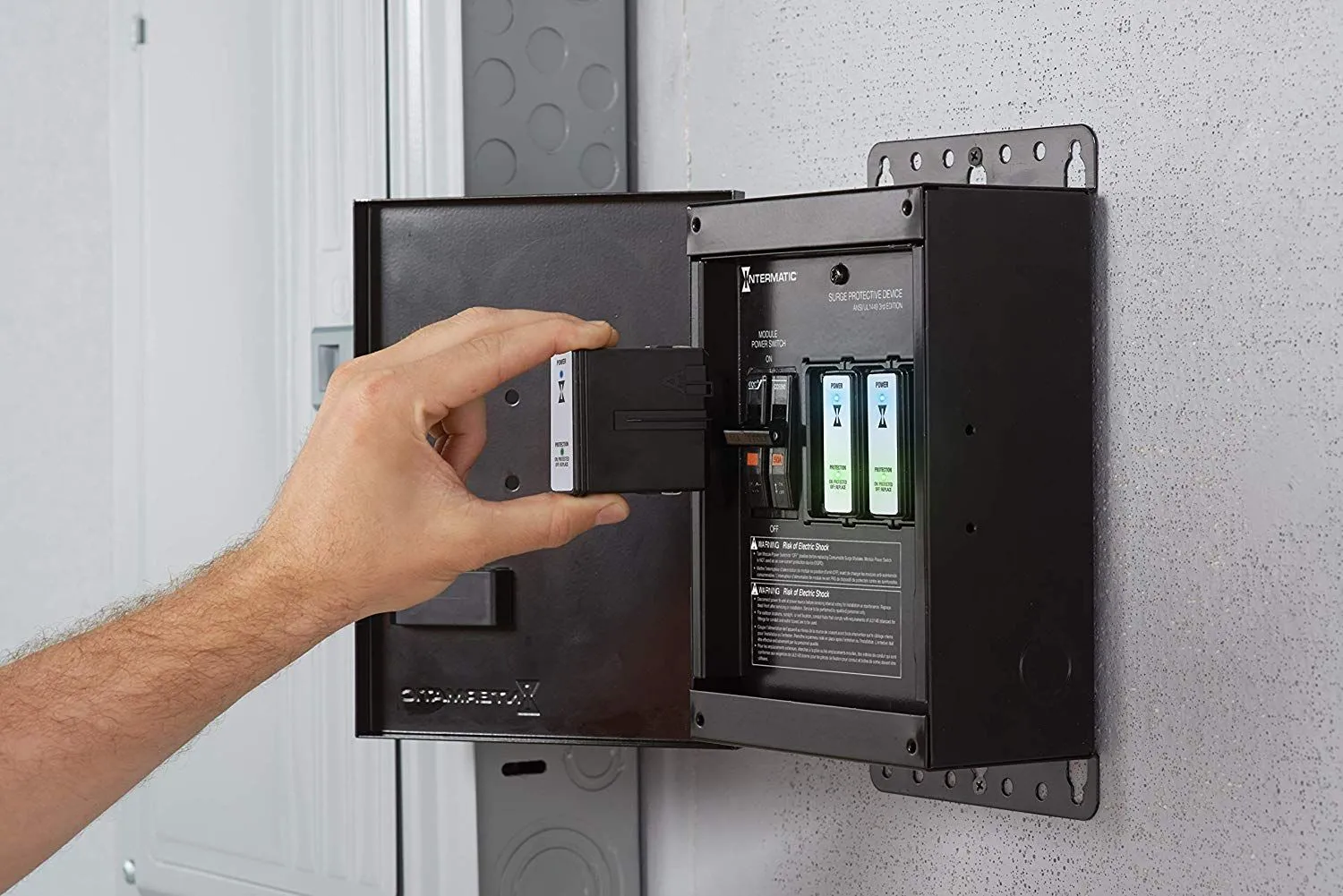
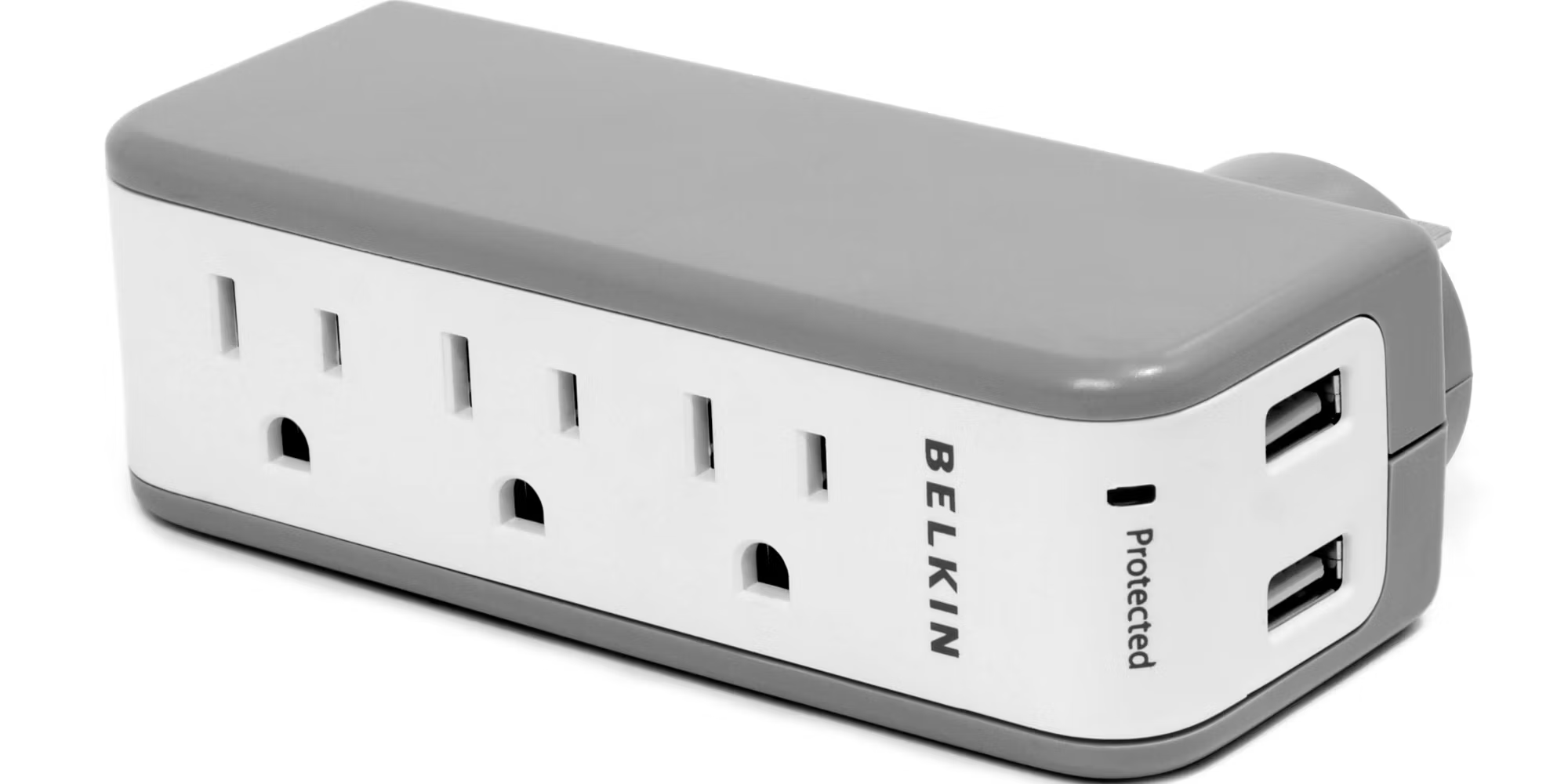
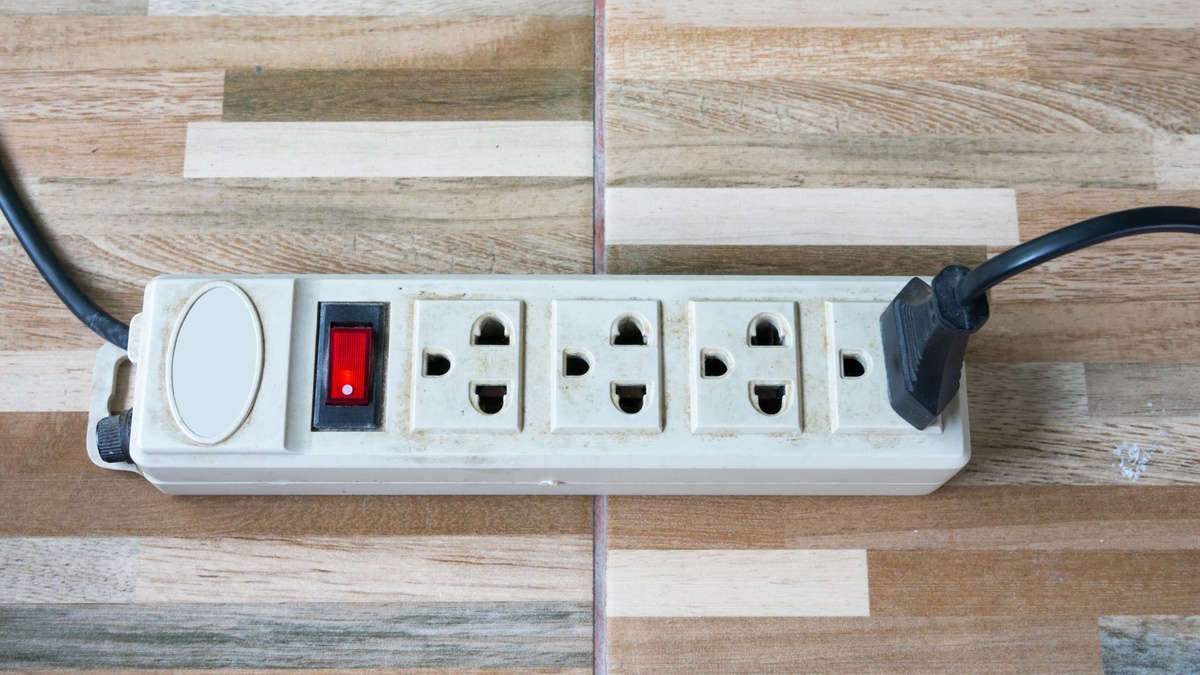

0 thoughts on “What Is A Surge Protector Power Strip”